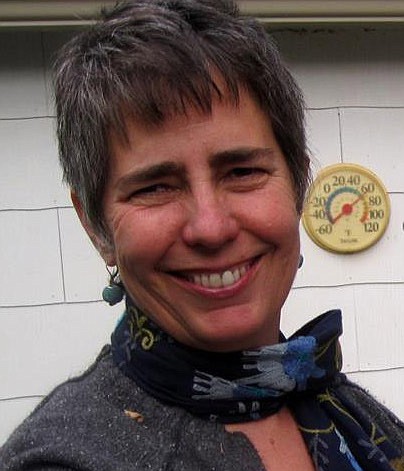Lake level points to another inconvenient truth
“Uncharted territory.” “The new norm.” Those were the headlines as the Earth experienced its hottest week ever recorded, in the wake of the warmest June on record.
Those headlines could also apply to Flathead Lake, which has dropped two feet below full pool in mid-summer for the first time since Seli'š Ksanka Qlispe' Dam began holding back the Flathead River in 1938.
The plummet in water levels has bruised those businesses that rely on boating-based recreation, and it’s captured the attention of politicians who are clamoring for the Department of the Interior to intercede and release more water from the already diminished water supply impounded upstream by Hungry Horse Dam.
As often happens in these parts, fingers get pointed at the Confederated Salish and Kootenai Tribes, who have owned the dam since 2015, and at Energy Keepers, charged with managing the facility. Conspiracy theories abound, mostly tied to the misguided belief that Energy Keepers are running more water over the dam than necessary to create electricity for their customers.
The truth, however, is that the amount of water flowing over the dam is dictated less by kilowatts and more by the Federal Energy and Regulatory Commission and downstream fisheries. FERC simply won’t allow the dam managers – tribal or nontribal – to starve the river in order to keep the lake plump.
Snowpack up north was dismal this year. Yes, we had an interminable winter, and a slow-to-emerge spring. But up high, where snow needs to accumulate, not much did. And during the first several days of May and again in mid-month, high mountain elevations in Montana reached 70 degrees, causing snow to vanish quickly.
The Flathead Basin started the year at 105% of average snowpack but by June, streamflows on all forks of the Flathead River were predicted by the USDA Natural Resources Conservation Service to be less than 60% of normal through September.
As someone once noted, climate change is such an inconvenient truth.
The lowering of Flathead Lake is certainly inconvenient, but I’m betting it’s not an anomaly, and could be construed as a wake-up call. We, with our deep-water lake and forested mountains, aren’t immune from the catastrophes raging around us: crushing heat in the South and Southwest, out-of-control forest fires and years-long drought in the Rocky Mountains and along the West Coast, torrential storms on the East Coast and murderous tornados in the Midwest. Or glance north, where Canada is reeling from its most destructive wildfire season on record, consuming nearly 20 million acres so far.
And that’s just this summer.
A century ago, the global population was around 2 billion; now it’s 8 billion and counting. Why are we so anxious to deny that humans – who have been churning out greenhouse gases at an ever-accelerating rate since 1900 – are a factor in the equation?
I asked that question of a local politician several years ago, and he replied that while he accepted the science of climate change, “we still need to keep the lights on.”
That’s a reasonable position because it creates room for the next, and vastly more important question, “how do we do that?” A question we can only answer if we work together.


